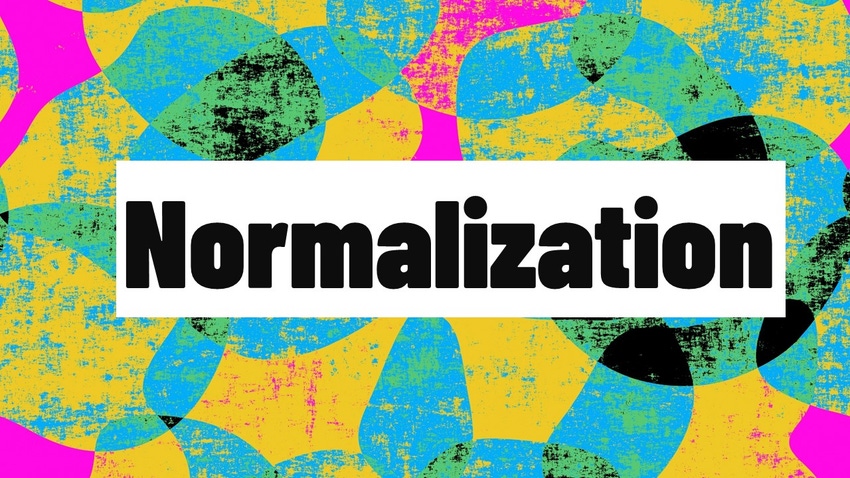Content Spotlight
Podcast: MilliporeSigma says education vital to creating unbreakable chain for sustainability
MilliporeSigma discusses the importance of people, education, and the benefits of embracing discomfort to bolster sustainability efforts.

Sartorius has reported a “swift normalization of demand” following two years of unprecedented pandemic-related growth combined with supply chain disruption.
For the first nine months 2022, Sartorius pulled in sales of €3.11 billion ($3.05 billion) across its businesses, up 23.2% on the same period last year. The majority – €2.47 billion – came from its bioprocess solutions business, up 24.3 %, though order intake over the period dropped 10.3% year-on-year to €2.45 billion.
“The development of the bioprocessing business was characterized by significant sales revenue growth and at the same time, as expected, a swift normalization of demand following two years influenced by strong special effects due to the pandemic,” CEO Joachim Kreuzburg said in a statement.

CFO Rainer Lehmann added more color around the drop in order intake on a financial call: “To put it into context last year, at this time, we actually were reporting a 72% increase of order intake, and prior year in 2020, 37[%].”
In normal times, a decrease in order intake, or a lower book-to-bill ratio, is a sign of a difficult year to come, but CEO Joachim Kreuzburg assured investors that this lowered order intake is “more reflecting the development of the business in the past then being a good proxy for the future business.”
This is, of course, due to the COVID-19 pandemic, he continued, which has produced two years of unprecedented demand for biomanufacturing services to support rapid and large-scale production of vaccines and therapies.
“It’s a matter of pure logic, [that orders will be reduced] after this very significant over amplification of demand, because of longer lead times, and the policies and initiatives by customers to increase their stock levels,” he said. “Since the second half of 2020, longer lead times have led to earlier orders, plus the desire to increase stock levels was a second booster to that, and now we see the reverse.”
Though he added uncertainties still remain, he suggested that excluding COVID the underlying trend in the market is around a 10% growth rate, which tallies with the momentum of the bioprocess space pre-2020.
Kreuzburg added the changing nature of pipelines would support the continued low double-digit growth, telling stakeholders that “after a couple of decades where everything in the biopharma sector was around monoclonal antibodies, we are now see an increasing relevance of new modalities, cell therapies, gene therapies, mRNA-based products and therapies.”
You May Also Like